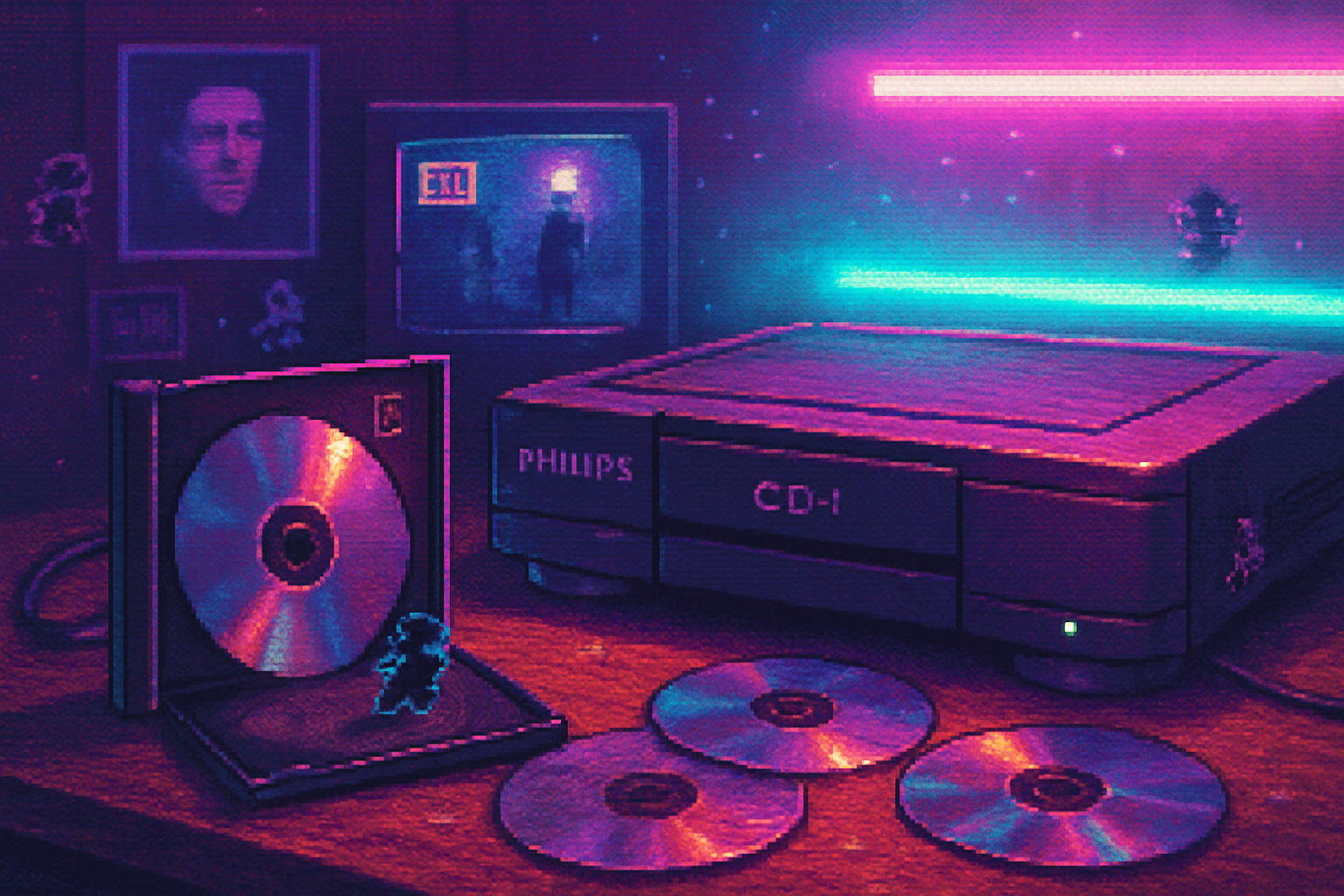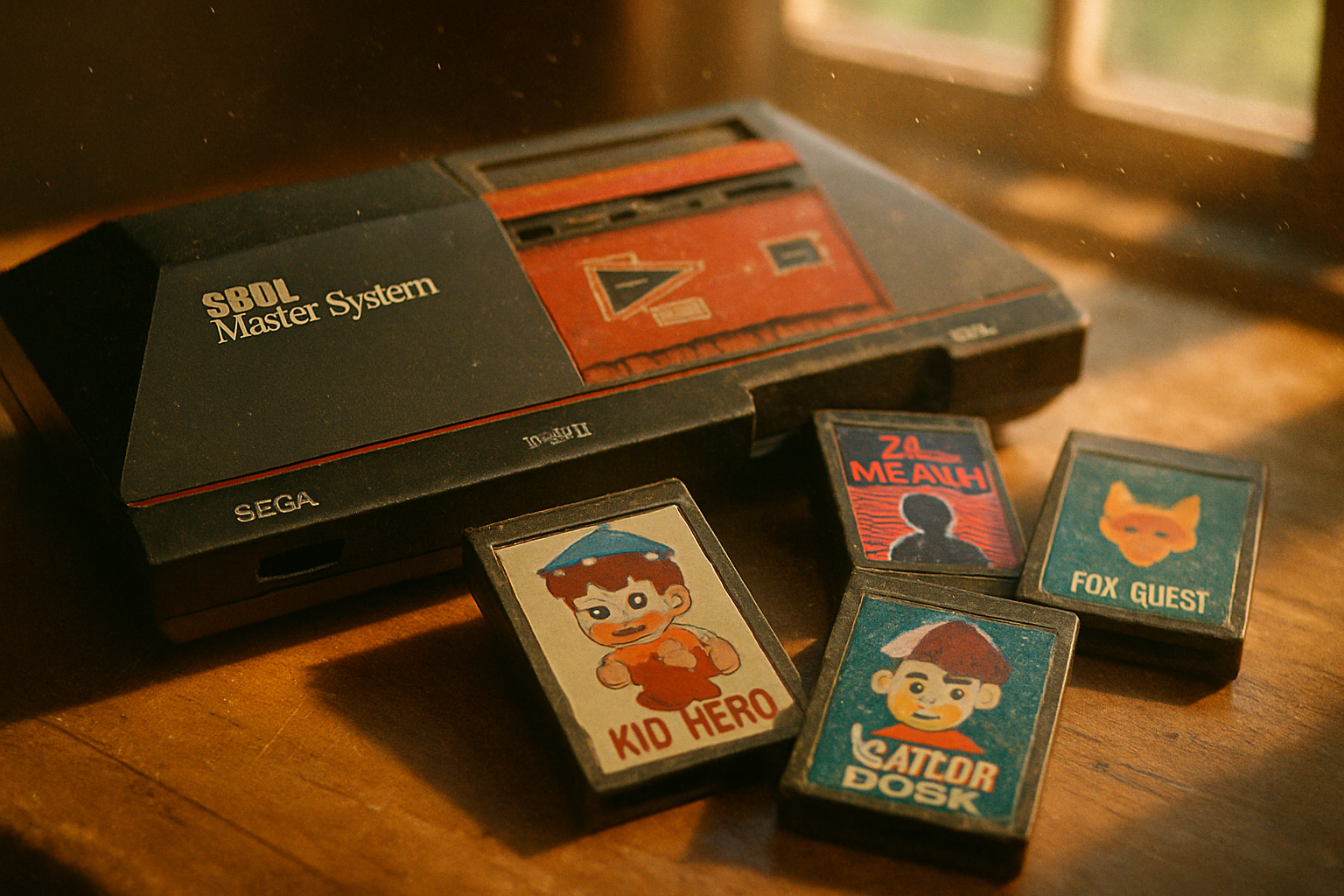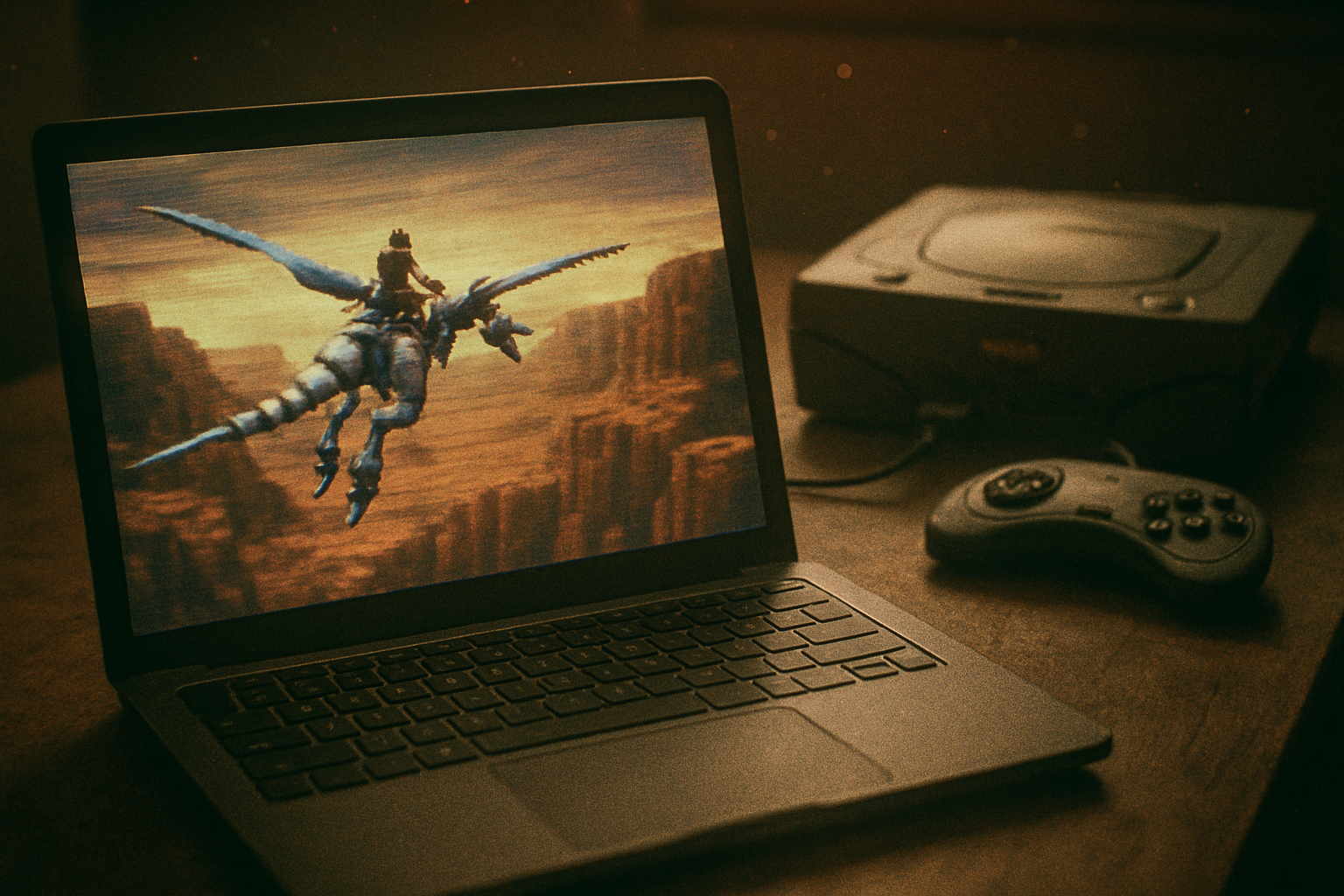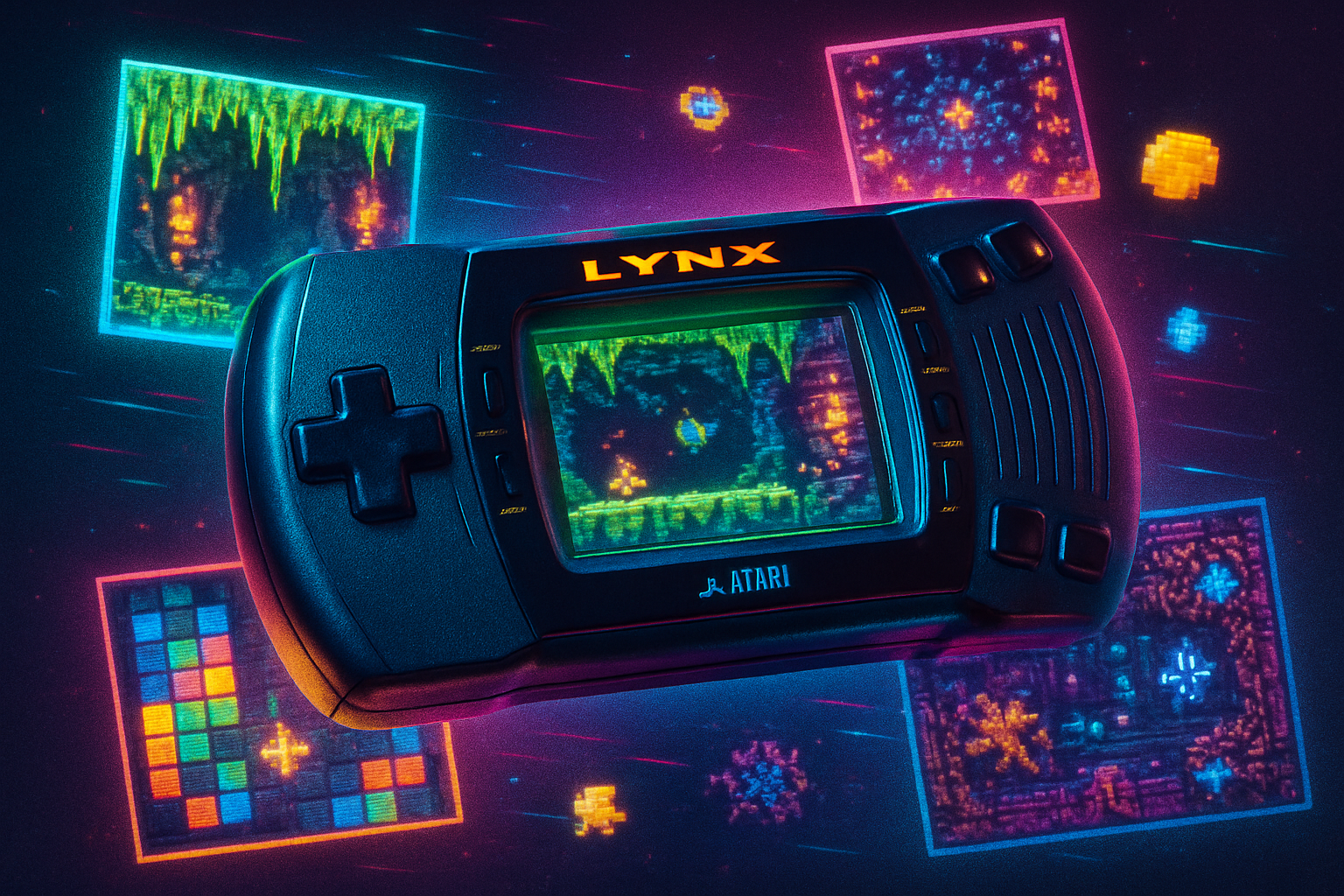· retrogaming · 7 min read
Uncovering Hidden Gems: The Best Sega Saturn Games You Probably Missed
A guided tour through overlooked Sega Saturn classics - Japan-only rarities, cult favorites and creative outliers that deserve another look. Includes why they were missed, what makes each special, and how to play them today.
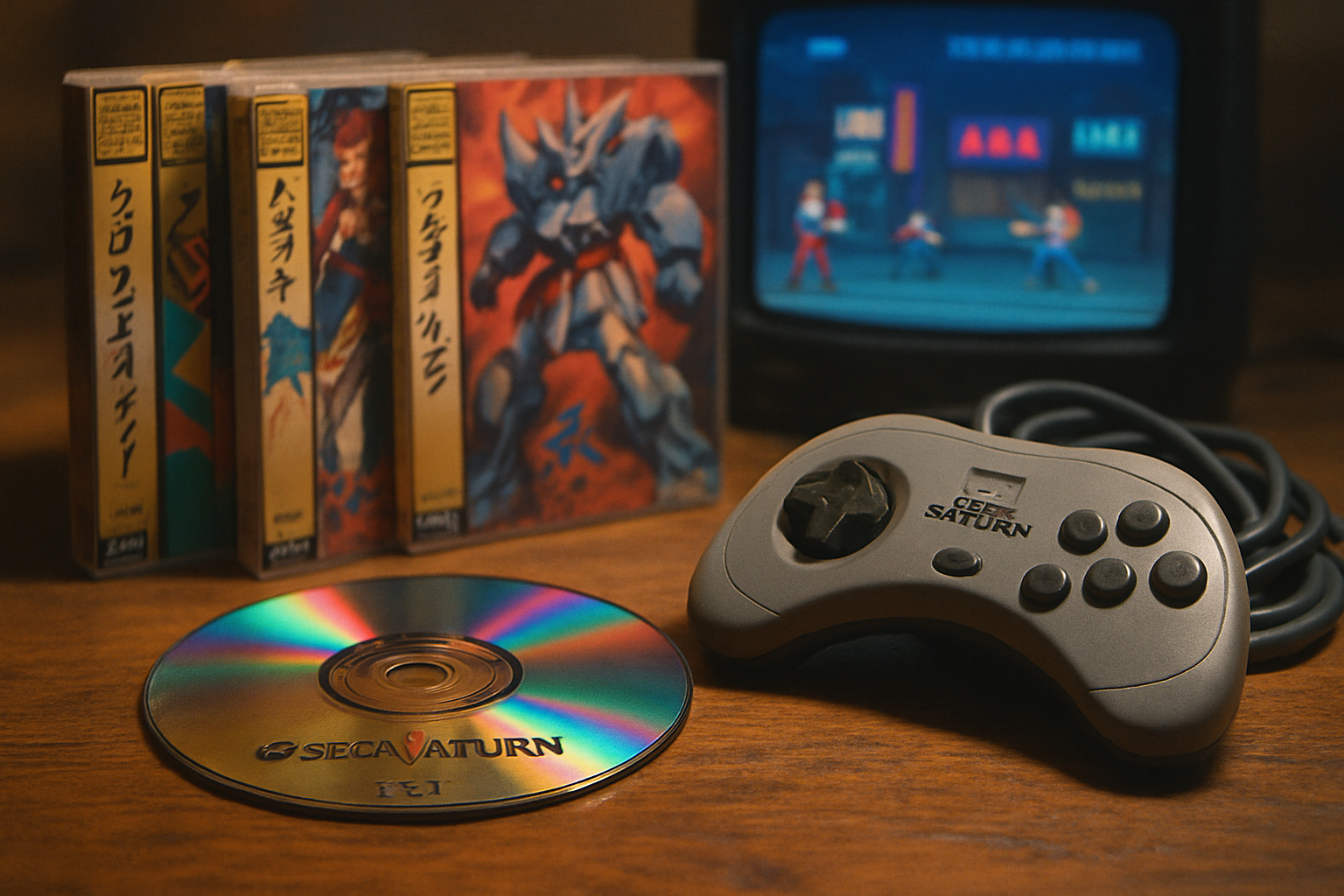
Why the Saturn still surprises
The Sega Saturn launched in 1994/1995 and remains one of the most idiosyncratic consoles in gaming history. It was built for 2D mastery and packed with unusual hardware that made ports and cross-platform releases tricky. After the PlayStation surged into the mainstream, a huge portion of the Saturn’s strongest work stayed regional, niche, or simply overshadowed by bigger marketing budgets. That means the system is a treasure trove of overlooked creativity - titles that reward players who take the time to dig in.See the Saturn’s history.
Below are lesser-known or misremembered Saturn titles that deserve a second look: a mix of Japan-only gems, cult Western releases and surprising experiments.
How to approach these “hidden” games
- Expect regional differences - many great Saturn releases were Japan-only or had better versions there. If you want the definitive build, check region and revision.
- Playing options - physical cartridges/discs, region-modified consoles, or emulation. Popular Saturn emulators include Mednafen and SSF; remember to use legally owned ROMs/discs.
- Rarity vs. quality - some games are expensive to collect, but fans can often access them through translations, re-releases, or emulation.
The list - underrated Saturn games worth playing
Princess Crown (1997, Japan)
- What it is - A warm, hand-drawn 2D action-RPG with charming characters and Vanillaware’s signature art lineage (it’s a spiritual ancestor to Odin Sphere).
- Why it’s special - Beautiful sprite work, tight combat, branching story routes and a fairy-tale tone you rarely see on 32-bit systems.
- Why it was missed - Japan-only release and limited print run made it a collector’s item; its influence only became widely recognized later with Vanillaware’s revival.
- How to play now - Emulation or expensive original discs; keep an eye for fan translations and re-releases.
Brigandine: The Legend of Forsena (1998)
- What it is - A deep strategy/RPG hybrid where you raise armies of monsters and fight large-scale turn-based battles across a fantasy continent.
- Why it’s special - It blends kingdom management, tactical battles, and long-term unit progression-it’s basically a grand strategy game in a JRPG shell.
- Why it was missed - Slow pace and heavy systems made it niche; not the kind of pick-up-and-play experience mass-market players wanted in 1998.
- How to play now - The Saturn original is rare but deeply rewarding; later entries on other systems are easier to find.
Shining the Holy Ark (1996)
- What it is - A first-person dungeon crawler in the long-running Shining series with a focus on exploration, puzzles and party-based combat.
- Why it’s special - Outstanding sprite-based enemy art and a strategic, slower-paced approach to dungeon crawling that contrasts with action-heavy contemporaries.
- Why it was missed - The West got only limited exposure to the Shining series on Saturn; its slower pace and first-person view put off players used to third-person ARPGs.
- How to play now - The Saturn original is the main way to experience it; emulation can help if you own the disc.
Enemy Zero (1996)
- What it is - A tense, atmospheric survival-horror adventure from WARP and Kenji Eno that uses an audio/visual mechanic to reveal invisible enemies.
- Why it’s special - It’s more of a psychological experience than a shooter: audio cues and lighting play large roles, and the game leans into dread with FMV and unusual design choices.
- Why it was missed - Mixed critical reception, unconventional gameplay and limited marketing made this a cult title rather than a mainstream success.
- How to play now - The Saturn version is the original; it’s a good pick for players who like experimental horror.
Guardian Heroes (1996)
- What it is - A multiplayer beat-’em-up from Treasure that blends chaotic action with branching story paths and RPG-style character progression.
- Why it’s special - Multiple planes of play, combo systems, magic, and party upgrades give the game remarkable depth for a beat-’em-up. Also great for local co-op.
- Why it was missed - It came out mid-generation amid heavy competition, and Treasure’s titles often found cult audiences rather than mass-market hits.
- How to play now - Re-releases and compilations have appeared on modern platforms, but the Saturn original still has the authentic feel.
Dragon Force (1996)
- What it is - A real-time strategy/war simulation with thousands of units on-screen and cinematic dialogues and character relationships.
- Why it’s special - Massive army battles, RPG-like leaders, and an unusual focus on large-scale tactics made it feel epic on Saturn hardware.
- Why it was missed - Strategy-heavy gameplay wasn’t mainstream in the West on consoles at the time, and marketing didn’t match the quality of the design.
- How to play now - Seek out used copies or emulation; it’s worth it if you like strategy with narrative depth.
Panzer Dragoon II Zwei (1996)
- What it is - A beautifully realized rail-shooter that refines the Panzer Dragoon formula with better visuals, new modes, and an engaging score.
- Why it’s special - Strong art direction, memorable music and responsive targeting mechanics. It’s a quintessential Saturn shooter that sometimes gets eclipsed by the original Panzer Dragoon and the Saga RPG.
- Why it was missed - The Saturn’s library was dense with shooters, and some entries like this got lost among other high-profile Sega releases.
- How to play now - The original remains the best way to experience Zwei’s unique presentation.
Clockwork Knight 2 (1996)
- What it is - A quirky 2.5D platformer set in a toy-box world; colorful, short stages with charming presentation.
- Why it’s special - It’s an unusual tone for a 32-bit game - whimsical, theatrical and heavy on character - and shows Sega experimenting with genre and presentation.
- Why it was missed - Platformers on Saturn often competed with PlayStation catalogue and 3D platforming trends; Clockwork Knight’s toybox charm had a limited audience.
- How to play now - The Saturn releases are collectible curiosities for fans of offbeat platformers.
Deep Fear (1998)
- What it is - A survival-horror title set on a sinking underwater facility - it leans into claustrophobia and resource management.
- Why it’s special - It tries a different flavor of survival horror (underwater tension and oxygen mechanics), and its presentation is surprisingly cinematic.
- Why it was missed - Released at a time when Resident Evil and Silent Hill dominated horror conversations; Deep Fear didn’t receive the same spotlight.
- How to play now - A cult entry for horror completists; emulation is the accessible route.
Why these games deserve a second look
- They show risks - Experimental mechanics, unconventional narratives or genre-blends that weren’t mass-friendly in 1996–1998 but feel fresh today.
- Art and craftsmanship - The Saturn was a haven for 2D excellence, sprite work and FMV experimentation. Many hidden gems display beautiful direction and unusual soundtracks.
- Design lessons - These titles often favor systems and pacing modern players who enjoy deliberate, methodical design can appreciate.
Practical tips for discovering and playing Saturn hidden gems
- Start with compilations and re-releases - sometimes the easiest way to sample a game without hunting original discs.
- Use community resources - translation patches, fan reviews and retro forums will point to the versions players prefer.
- Emulation for sampling - if you own an original disc, emulation is a practical way to try a title before deciding to collect. Popular choices include Mednafen and SSF.
- Watch long-form playthroughs before buying rare originals - you’ll save money if a game’s pacing or translation isn’t to your taste.
Closing: why the Saturn still matters
The Sega Saturn’s library rewards curiosity. It’s a console where small experiments and region-exclusive masterpieces sat right next to ambitious 3D ventures. If you’re bored of the obvious retro checklist and want games that surprise you, hunting Saturn hidden gems is one of the most satisfying retro trips you can take.
For broader context on the console and its library, see the Sega Saturn overview on Wikipedia: https://en.wikipedia.org/wiki/Sega_Saturn
